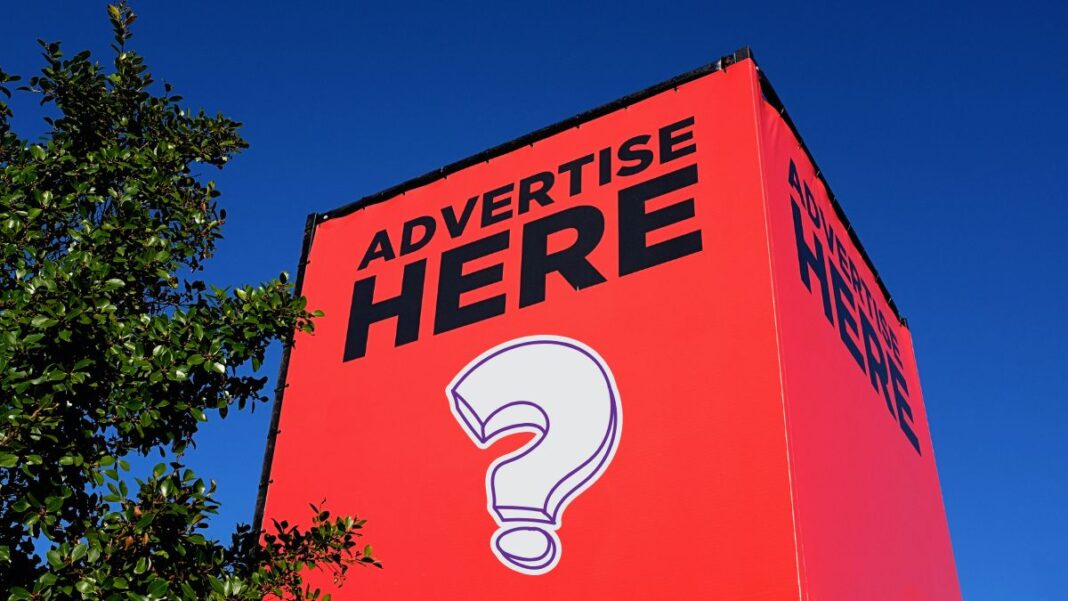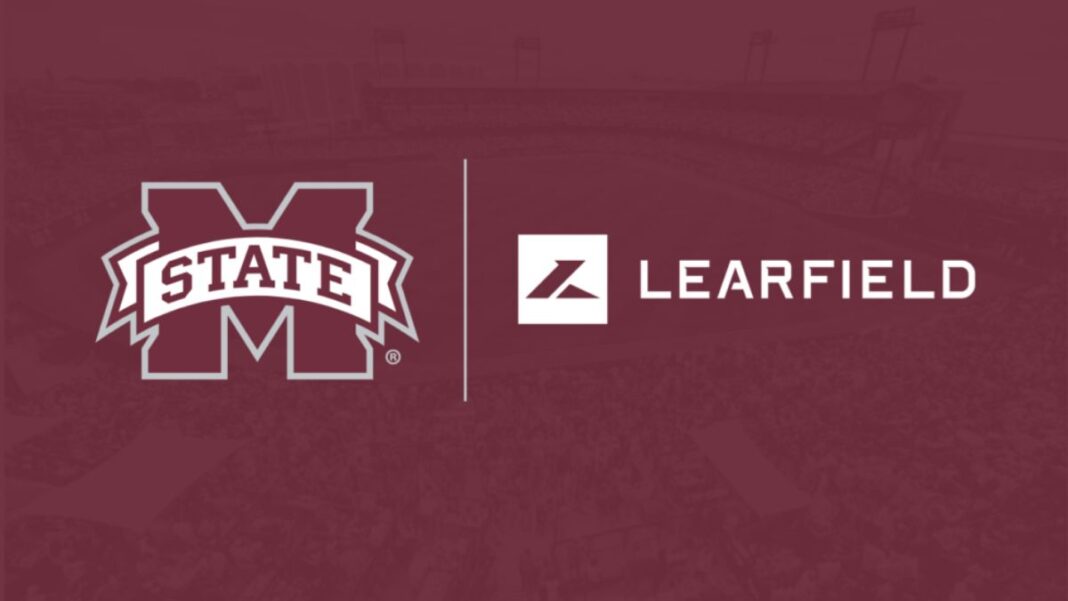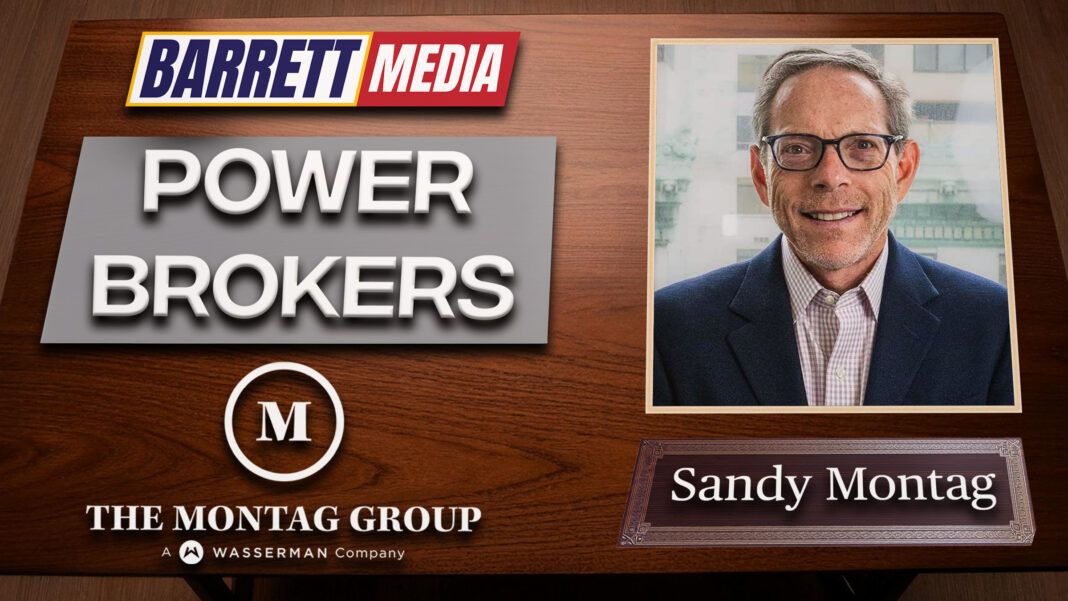As if radio needs more competition for advertising dollars, it appears that nearly every major retailer has figured out that it makes sense to get into the advertising business. A recent article from Modern Retail (December 30, 2024) covered what to expect from retail media networks in 2025.
The contemporary retail media network business began at Amazon in 2012 with the introduction of the Amazon Ads Platform (AAP). In 2023, AAP generated $39.5 billion in US ad revenue. Yes, that’s more than twice what the entire US radio industry generated.
Amazon was the pioneer, but it appears that just about every major retailer has determined that their stores and online presence are media, which means advertising can be sold. According to Modern Retail, Amazon, Walmart, and Target are the big three. The three were expected to take in around a fifth of the $140 billion spent on retail media in 2024, per eMarketer. Newcomers to the field include not only traditional retailers like Best Buy, but Chase Bank, United Airlines, and RE/MAX.
As an example, Lowe’s Media Network offers four channels: email, in-store audio, paid search, and direct mail for installation services. You can also procure a good spot in the Lowe’s app. Home Depot has similar offerings under the Orange Apron Media banner. Dollar General Media Network claims to reach “unique audiences”, especially rural customers. Kroger Precision Marketing offers “full funnel retail media solutions” and had a suite at CES last week.
According to eMarketer, in-store retail media ad spending will increase by about 47% in 2025. That’s not a typo and I did not neglect to include a decimal point…the prediction is a gain of 47%.
When you think about it, the idea of retail media networks makes a lot of sense. Radio’s portability has always been a strong argument for reaching customers just prior to purchase, especially for “bricks and mortar” retailers. Radio advertising can help direct traffic to the stores as a complement to the retail media supposedly reaching customers at the actual point of purchase.
It all makes sense if only buyers would think a little outside the “big box” and realize that while advertising at the point of purchase can be very useful, radio can be an inexpensive addition to layer on more persuasion. When I go into a Lowe’s or Best Buy, I generally know why I’m there and what I plan to buy. With Amazon, I’m always cautious about the product that comes up first as it’s usually from an ad rather than reviews or the best fit for my needs. Radio could help.
This leads us to the issue that has bedeviled commercial radio for so long, the spot load. Radio people all seem to agree that we run too many spots, but no one has figured out the holy grail to run fewer spots without a corresponding loss of revenue, yet we know that too many spots chase listeners away. Broadcast and cable TV are learning the same lesson, the hard way. Recent trade press articles have noted that even some podcasts have increased spot loads to a point where the “annoyance factor” may be triggered.
When you walk into a store, how much advertising are you willing to tolerate? Do you pay attention to retail video ads, for example, Grocery TV or Gas Station TV? Grocery TV is in over 5,000 stores and the latter, which prefers to be known as GSTV, claims they provide more than two billion moments of attention and action. A study by comScore cited on their website claims GSTV reaches over 115 million unique viewers a month.
I find it amazing that when I visit the doctor’s office I’m assaulted by ads, even in the exam room. “Yeah, I know I’m only in for a checkup, doc, but could you please prescribe the last two meds that were on the screen? An ounce of prevention is worth a pound of cure, right?”
Will there be a backlash as we’ve seen in radio and television? Or will Americans simply accept the volume of messages and persuasion as a part of modern society? Can radio somehow take advantage of this evolution of advertising dollars? Can the industry find a way to partner with the retail media networks to pick up some new business?
Lots of good questions, but there are no obvious answers. In the meantime, the next time you’re in a retail store, see if you’re being reached by the billions of dollars being spent. Judge for yourself how retail media looks when you’re the target.
Let’s meet again next week.
Barrett Media produces daily content on the music, news, and sports media industries. To stay updated, sign up for our newsletters and get the latest information delivered straight to your inbox.










